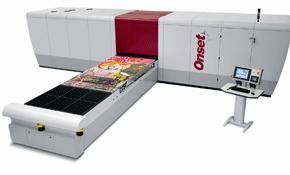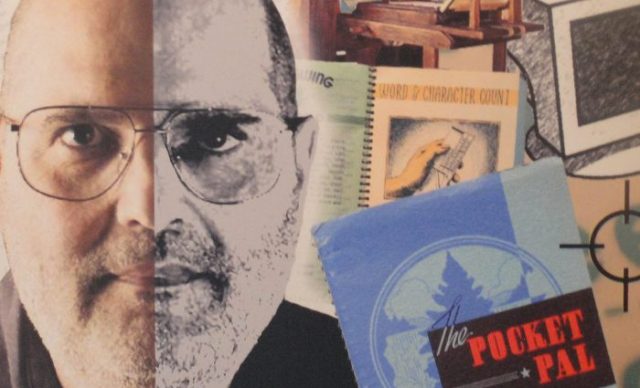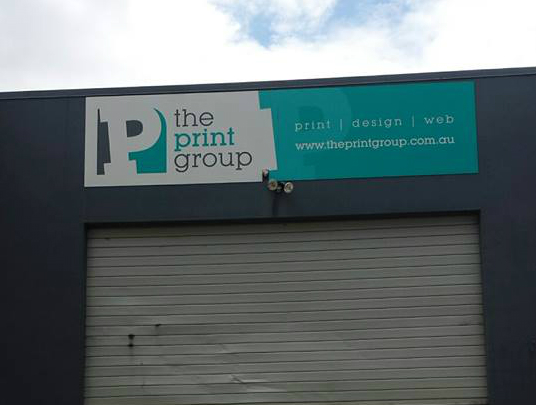
As tablet computers proliferate, and we are Nooked and Kindled and iPadded and even Androided to death, the ease and convenience of acquiring content touches more and more people. As someone who passes through train and bus stations a lot, I see tablets everywhere. I assume that they are also at airports. A few diehards have laptops but tablets are omnipresent.
And it is not generational. From kids to seniors, e-gadgets are age-independent. As I stand on the subway and look down, I see folks reading text or looking at images—content that is not e-mail. A friend of mine just hit 80 and he proudly pulled an iPhone from his pocket. He says that an iPad Mini is next.
At the same time, print magazines and newspapers are still prevalent. This is the age we live in and the one that will continue: content will be available when and where you want it, and in any form or format.
[Related: More on the future of print]
Almost all content is born and modified in electronic form. Some of it never sees the surface of paper. This does not mean that there will be no content on paper; it means that we have a choice.
So when I purchased the e-version of the last print issue of Newsweek, I wanted to compare it to the print version. There were no animations. No videos. Just a pixelated version of printed pages. Bloomberg BusinessWeek re-formats the content for the screen, as many newspapers do. Wired magazine is optimised for the screen.
I get BBW, Wired, and a few papers in both print and electronic forms. First, I am curious to see how they handle both formats. Second, sometimes I feel like print; sometimes I don’t.
When I was young back in Brooklyn, my parents got almost every newspaper published in the city, including Il Progresso in Italian and the Jewish Daily Forward. But I now read The Times on-screen. And there is always a pile of print books on the nightstand. I just finished the book about Hedy Lamarr and her invention that pre-dated the Information Technology age, and am almost done with Nate Silver’s book on predictions. I do not think we can say that the population will be only one way or the other. I think we will all be bi-textual.
There is a YouTube video that shows a baby moving a finger over a print page. The kid was accustomed to scrolling on a tablet and assumed the printed page worked the same way. My grandkids got iPad Minis for Christmas. But that was after years of books being read to them and then read by themselves. One was using it to take pictures of the cats and the other was playing a game with Dora the Explorer – in Spanish.
The question will be: what will the breakout be between print and non-print, or electronic and non-electronic? How you phrase it may reveal your bias. Within the next decade, I think 60 per cent of all content will be electronic and 40 per cent will be print.
I had read that there were predictions of a higher percentage for print based on the on-going retirement of the baby boom generation, because they were raised with print and would continue to consume print. The Boomers are a major demographic for tablet use. Because that is how they will communicate with their grandkids – with Skype or Facetime.
Print will be what print will be. We need to identify the products in print’s future and figure out how they will be produced and distributed.
It is a brave new world and every day is a revelation. I know because I discover it on screen and on paper.
Comment below to have your say on this story.
If you have a news story or tip-off, get in touch at editorial@sprinter.com.au.
Sign up to the Sprinter newsletter



